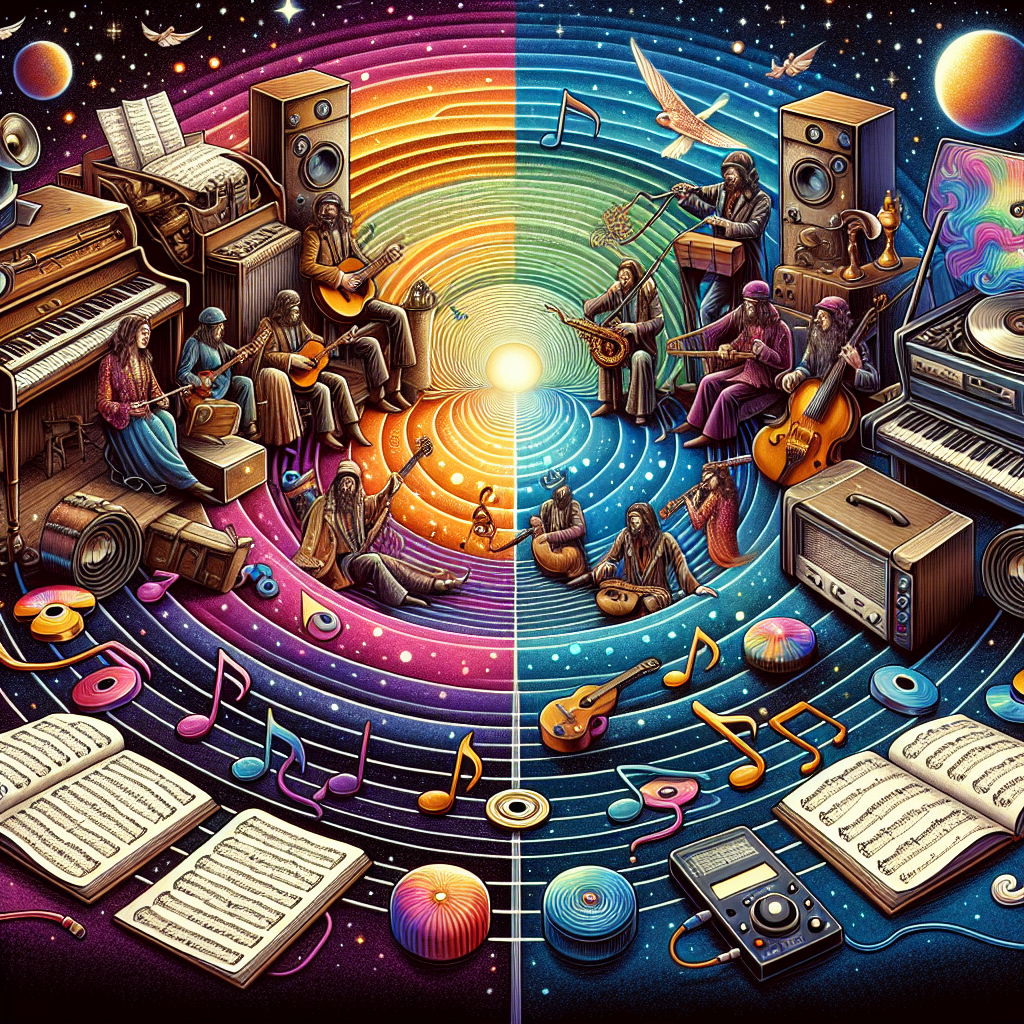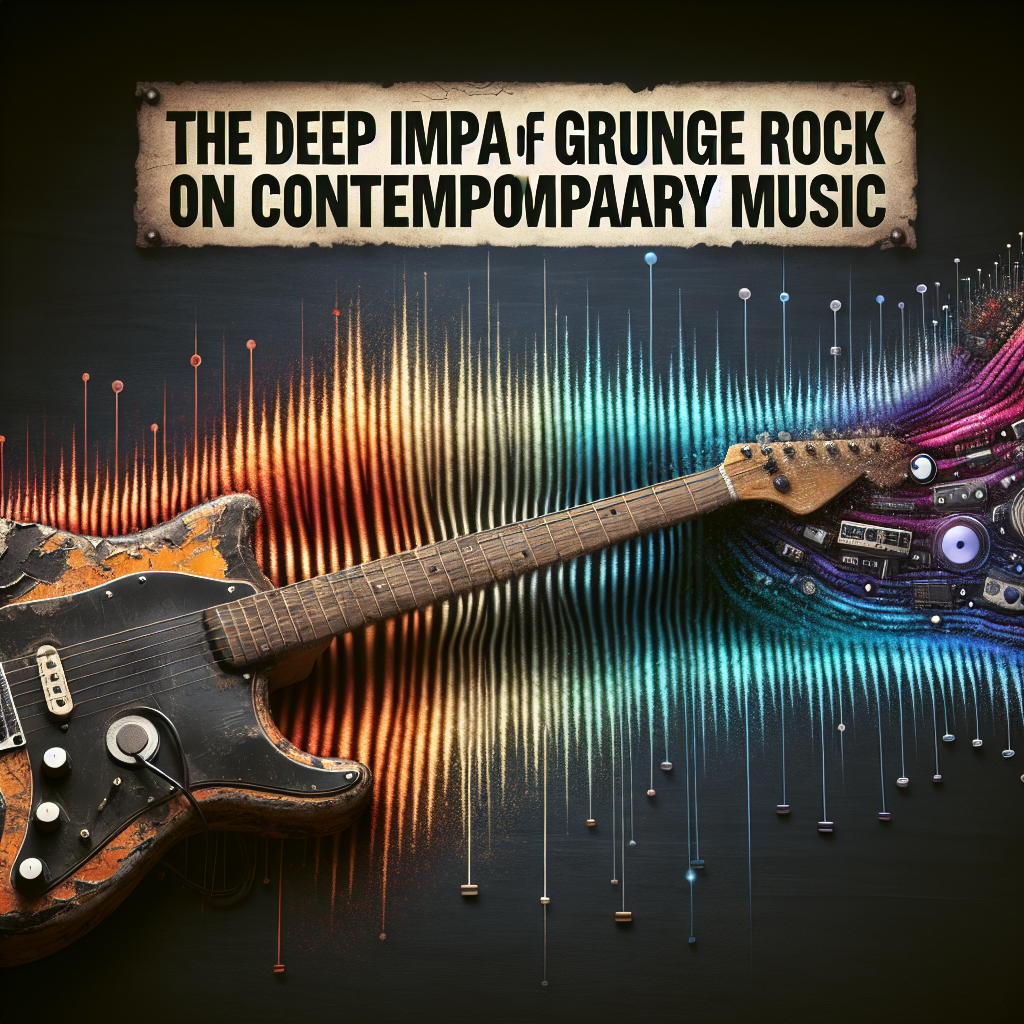Pop music’s evolution has been a dramatic journey through the various epochs of the twentieth and twenty-first centuries. Its influences span a broad spectrum, from bluegrass, gospel and soul, to jazz and rock and roll. However, arguably no medium has played a more influential role in shaping pop music than radio broadcasting. The thread of pop music’s evolution runs parallel to the technological advances of radio, transforming it from a mere vehicle for music to a principal architect of pop culture.
Early Days of Radio and Pop Music
A discussion about the development of pop music through radio would not be complete without mentioning the birth of radio broadcasting. Radio first manifested itself into the world of pop music in the 1920s, and by 1922, nearly 600 radio stations were active in the United States. The music played during these early days was predominantly jazz, but as the radio reached more homes, the demand for more diverse music grew.
The Golden Age of Radio and the Swing Era
The period between the 1930s and 1940s are often labelled as the golden age of radio. During this era, swing music, with its smooth rhythms and elaborate brass arrangements, took over as the dominant music genre. Radio stations would broadcast swing music shows live, fostering a sense of community and engagement in the listeners.
Rock and Roll Domination and the Rise of the Top 40
The 1950s and 1960s saw ripples of change in pop music as rock ‘n’ roll exploded onto the scene. Radio stations were instrumental in propelling this new genre into mainstream consciousness. It was during this time that the concept of Top 40 radio came into being. This format, which focused on playing the week’s most popular songs, significantly influenced music consumption habits and led to the commercialization of pop music.
The Ever-changing Dynamics in the 90s and the 21st Century
The 1990s to the present day has been characterized by a more fragmented radio and pop music landscape, with a shift from mass-market genres to targeted music scenes. Whether it’s grunge, pop, R&B, or hip hop, the radio has adapted to accommodate these vast genres. Today, in the age of streaming and podcasts, radio still maintains a key role in curating and shaping pop music trends.
Music and radio have been entwined since the early 20th century, with radio playing a significant role in shaping what we know as pop music today. From the swing era to the age of digital streaming, radio’s impact is undeniable. It has not only served as a platform for artists but has also shaped listener habits and driven musical trends. Despite the growing popularity of music streaming platforms, the radio continues to influence pop music, proving its resilience and relevance in a rapidly changing musical landscape.
1. How has the radio shaped pop music over the years?
The radio has not only served as a medium for broadcasting popular music but has played a crucial role in setting trends, popularising genres, and introducing new artists to the masses.
2. What impact did the Top 40 format have on pop music?
The Top 40 format commercialized pop music by providing a ranking system for the most popular songs of the week, changing music consumption habits and popularising certain tracks/genres over others.
3. How has the evolution of radio technology impacted pop music?
The evolution of radio technology, especially the shift to digital broadcasting, has led to more targeted music curation, enabling niche genres to thrive and influencing the overall direction of pop music.
4. Why is the radio still relevant despite the rise of streaming platforms?
Despite the rise of streaming platforms, radio continues to play a significant role in music, developing and promoting emerging artists, shaping listener habits, and contributing to the cultural zeitgeist.
5. How does radio foster community and engagement?
Through live broadcasts, interviewing artists, hosting music shows, and encouraging listener interaction, radio fosters a sense of community and engagement among listeners.




